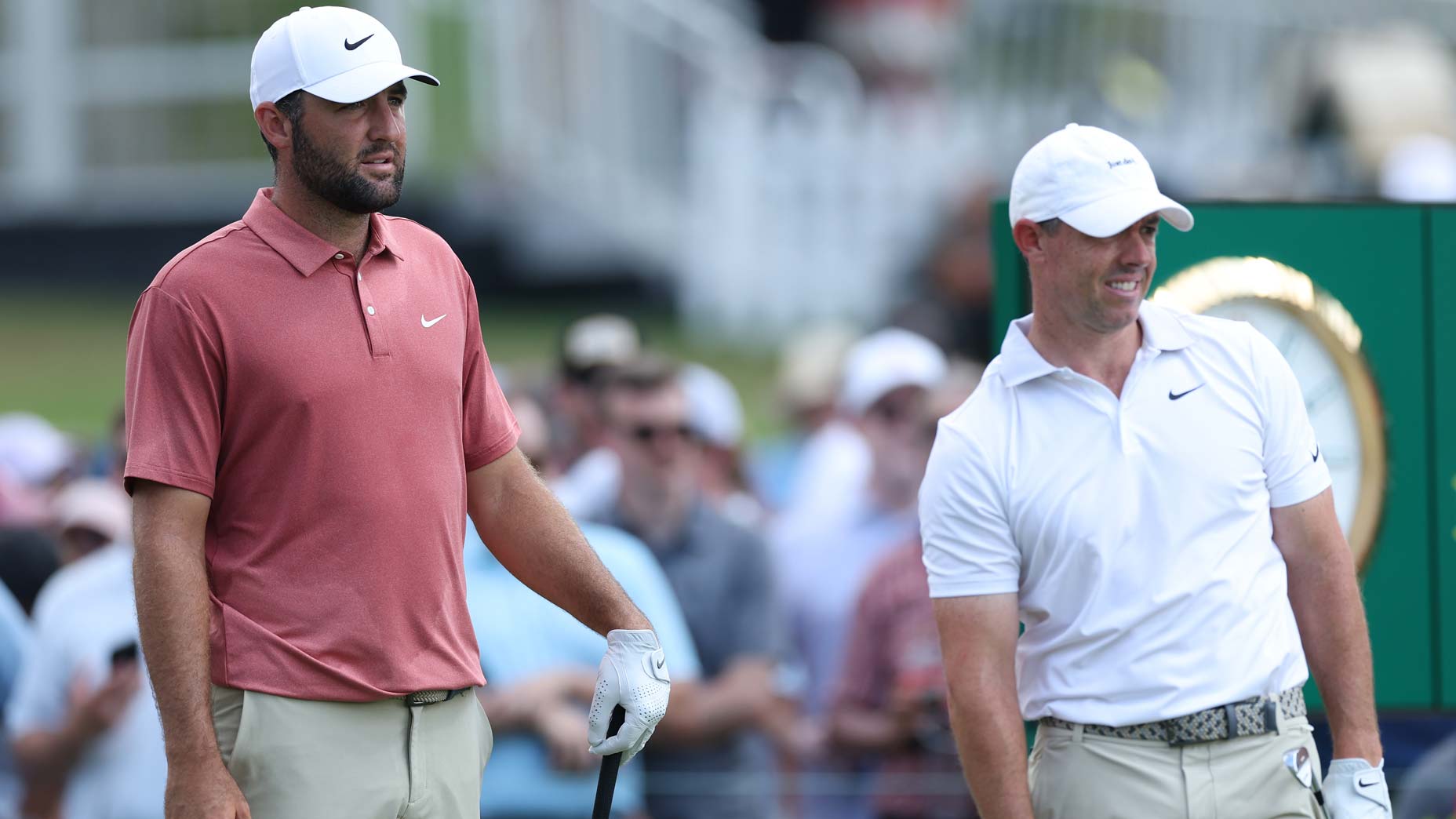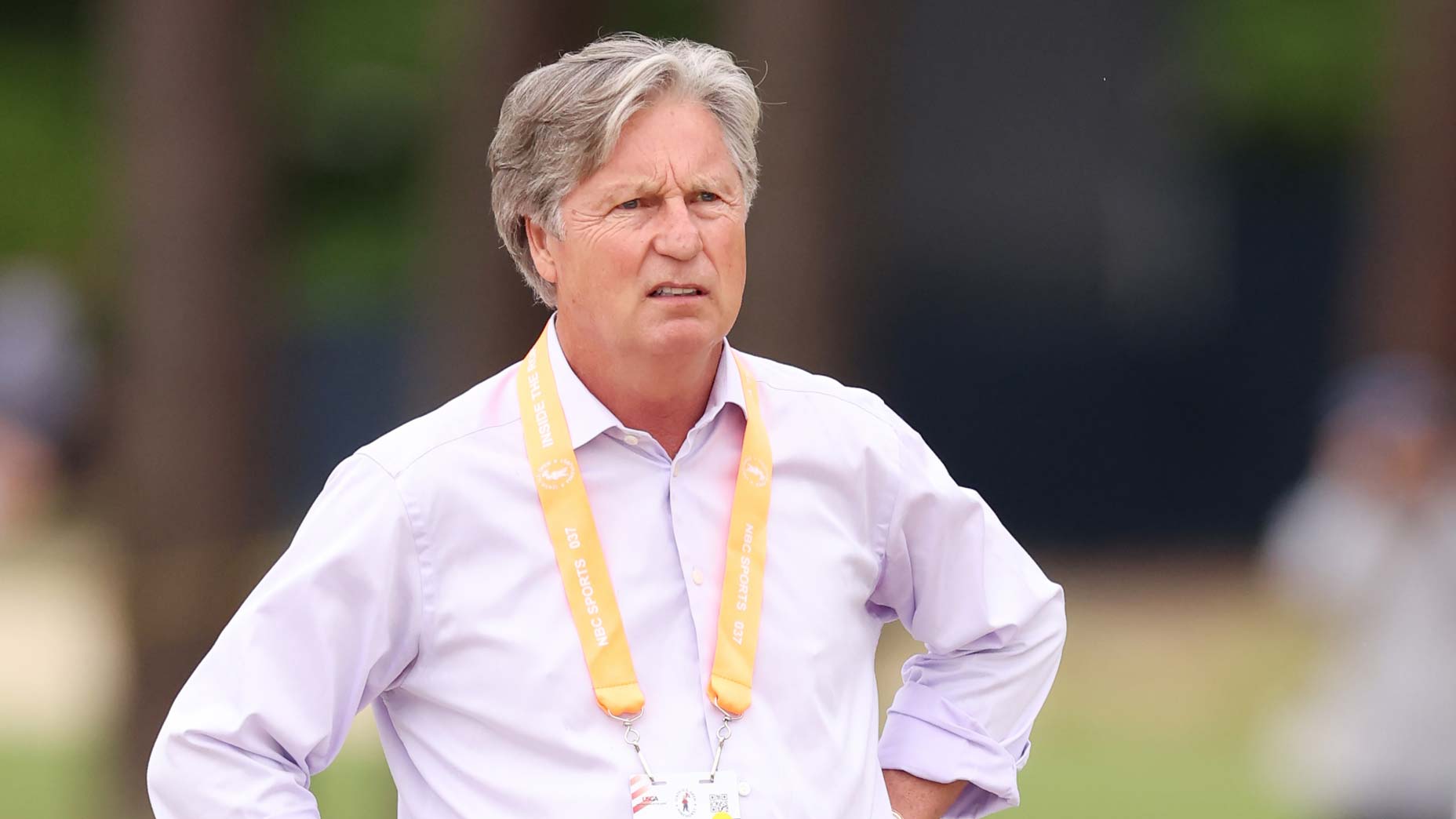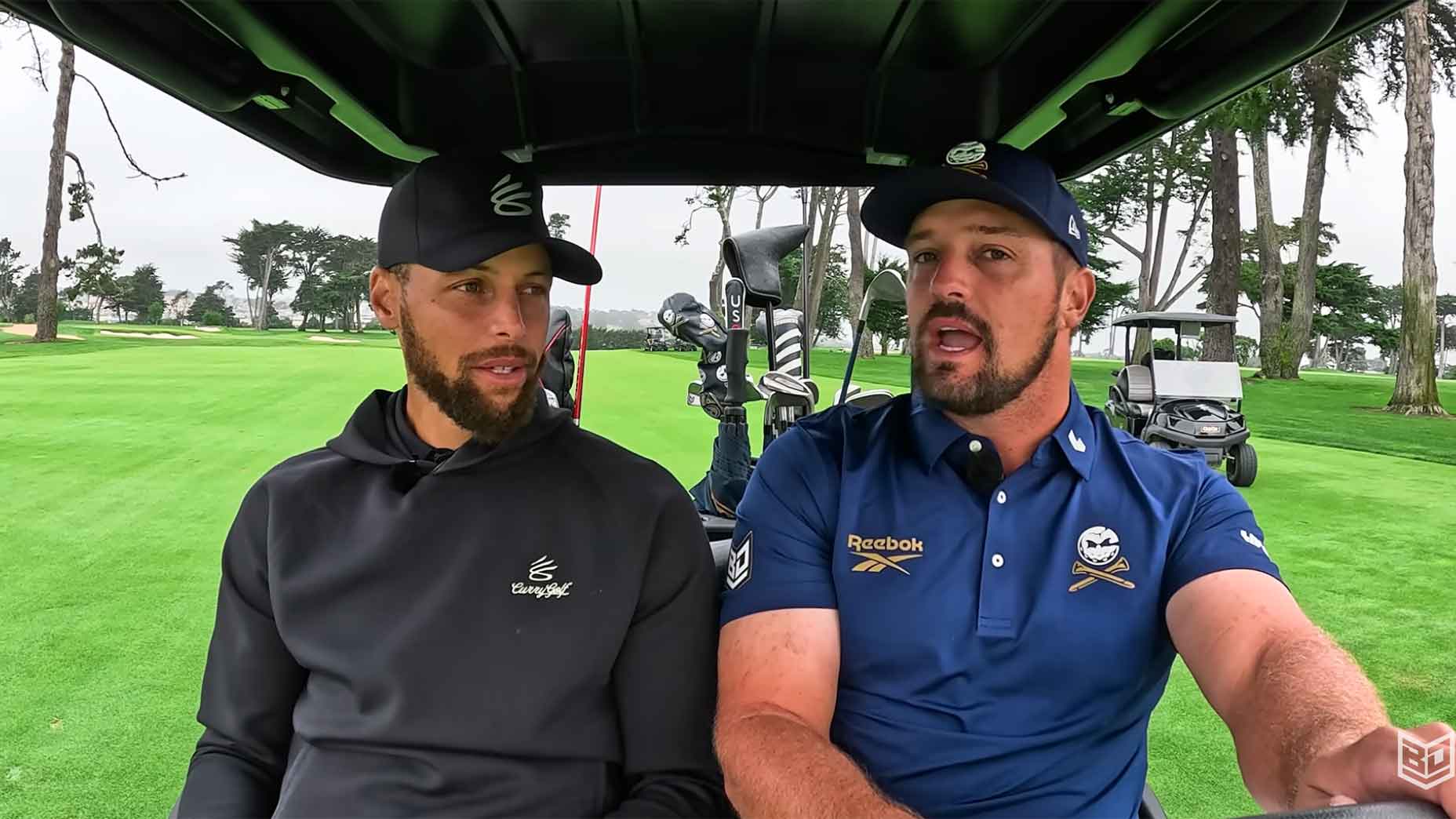Thursday’s opening round of the PGA Tour season felt particularly novel because it marked the debut of some changes to the Rules of Golf, at least on the professional front. There had been plenty of ink spilled about the potential ramifications of the changes, but in the first round at the Tournament of Champions, fans finally got to see it go down. Players tapped down spike marks, they putted with the pin in, they took practice swings in penalty areas and more.
Above all, the takeaway was that the golf world kept spinning, with some small gains for the players (“There was some spike marks that we tapped down, which was nice,” Gary Woodland said.) and some new visuals for fans (see below). Here were some that stood out.
Drop it low
Andrew Landry had to catch himself; he nearly dropped from the traditional shoulder height before remembering (with the help of a vocal onlooker who yelled “Knee height!”) that the new rules mandate a knee-high drop.
This is what a drop looks like in 2019.
What a time to be alive. pic.twitter.com/3lNrtze1EY
— Skratch (@Skratch) January 3, 2019
Practice swings
Red stakes border a number of Kapalua’s fairways, which led to a few instances of players hitting shots from within the confines of hazards — er, “penalty areas,” according to the new terminology — including Dustin Johnson, who explored the thick stuff here en route to a neat par save.

Putting with the pin in
There are obvious times when not having to yank the flag is a useful and sensible thing for all involved. Marc Leishman provided one such example at No. 5, when he hit it to kick-in range and left the pin in place for his tap-in.
Go ahead and leave the flagstick in, @MarcLeish. 🦅#QuickHits pic.twitter.com/js1CJAnnPB
— PGA TOUR (@PGATOUR) January 3, 2019
The man who had made headlines for weeks about leaving the pin in, Bryson DeChambeau, did not disappoint. He poured in a series of putts en route to a four-under 69 and actually led the field in strokes gained putting. DeChambeau faced an extensive line of questioning about his decisions after the round. It’s clear that for DeChambeau, there is still experimenting to be done.
“It’s so situational and I don’t know when it’s actually going to hurt me, if it is going to hurt me. So that’s why I have to understand that, when it does hurt me I’ll know and that I won’t do it anymore. But as of right now it seems like it’s a pretty nice benefit every once in a while.”
DeChambeau said he addressed the pin-in situation with his playing partner, Dustin Johnson, in advance of the round to avoid any awkward situations. “Look, I’m going to be courteous to the player I’m playing with as well, I’m not going to try and be, ‘Oh, I need to put it back in every time,'” DeChambeau said. “I’m not going to be one of those guys, that’s not me. I’m trying to be courteous to all the players out here and respectful.”
The flagstick is your friend. 🤝#QuickHits pic.twitter.com/7Hd2gCi4W7
— PGA TOUR (@PGATOUR) January 4, 2019
👌 @B_DeChambeau led the field in SG: Putting in Round 1 of the @Sentry_TOC. pic.twitter.com/ZFaMkUKyIA
— PGA TOUR (@PGATOUR) January 4, 2019
While others had considered it, they didn’t put the strategy into play. “We even talked about it yesterday, putting with the flag in in the pro-am,” said Gary Woodland. “But we forgot to do it every hole, we haven’t done it yet.”






